A Study of Possessions Past
(note this show is still in the early planning stages, all copy and images herein should be considered draft)
focusing on the Flemish Tradition of Pronkstilleven (Pronk)
Pronkstilleven (Dutch for ‘ostentatious’, ‘ornate’ or ‘sumptuous’ still life) is a style of ornate still life painting, which was developed in the 1640s in Antwerpfrom where it spread quickly to the Dutch Republic.
touching upon Northern Italian ‘Vanitas’
The word vanitas comes from Latin and means vanity. In this context vanity means pointlessness, or futility, not to be confused with the other definition of vanity. Vanity is referenced in the Bible‘s Old Testament in Ecclesiastes 12:8, “Vanity of Vanities, saith the preacher, all is vanity”. In some versions vanity is translated as “meaningless” to avoid the confusion with the other definition of vanity, that being inflated pride in oneself or one’s appearance.[2] The message is that human action is temporary and faith is forever.[3]Memento mori is a similar theme which when translated from Latin means, “remember that you will die.”[4]
with juxtaposition of curated contemporary images
Selected by the curator
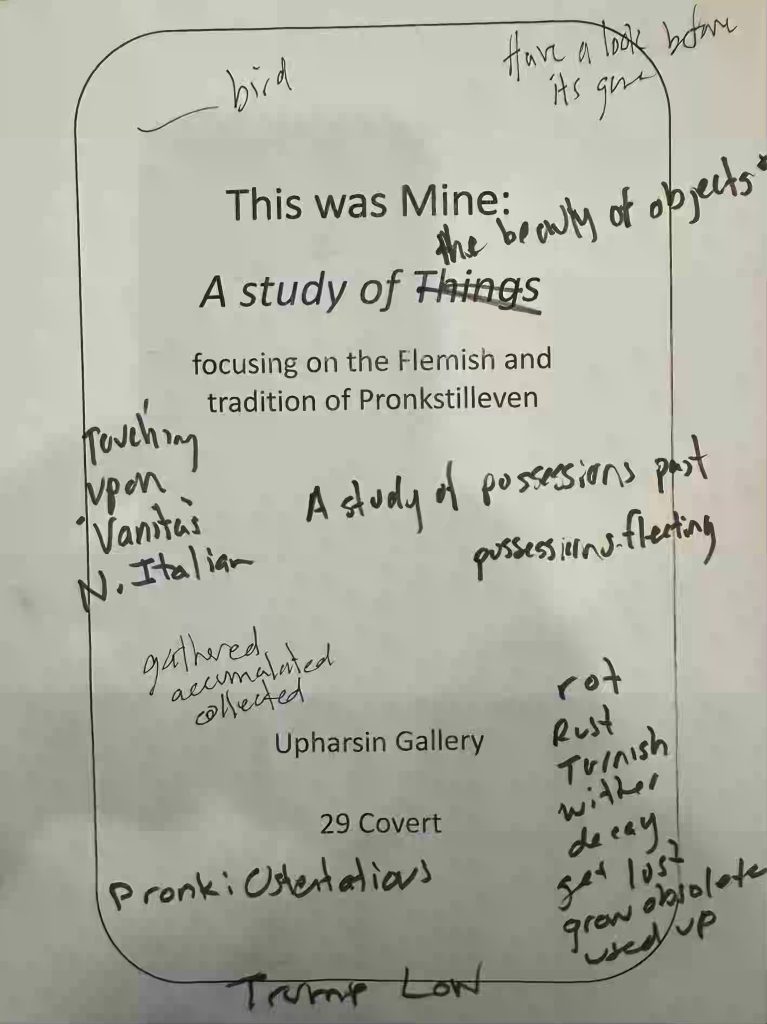
Salon Style Wall at Display V004
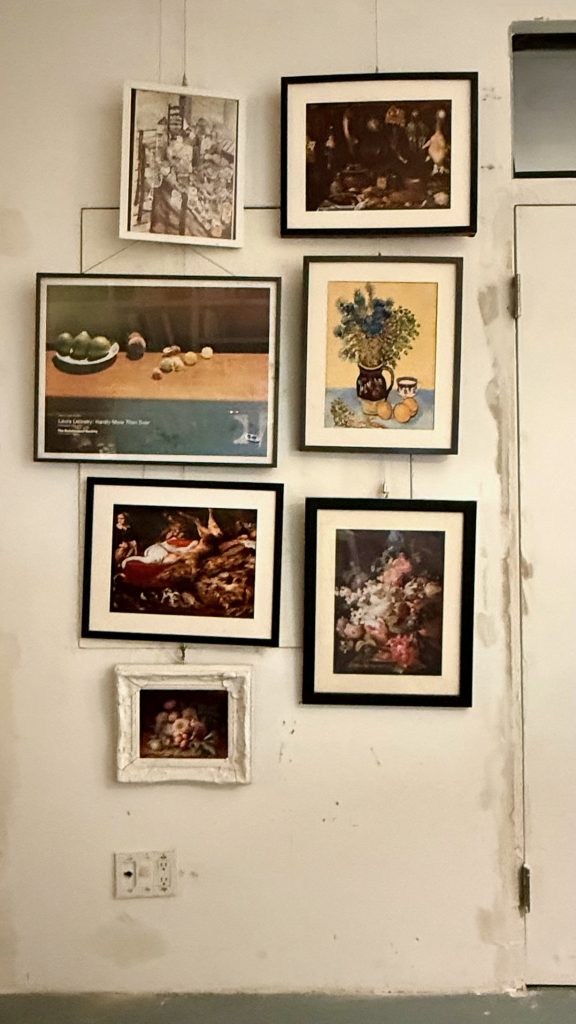
Close ups @ Salon (low res)
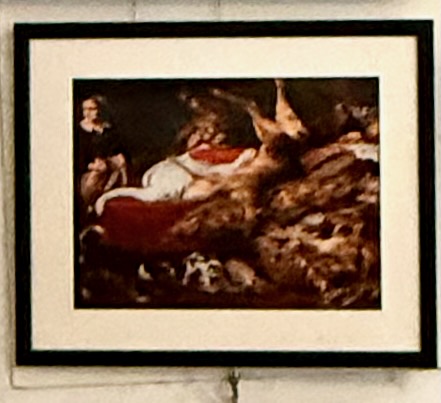
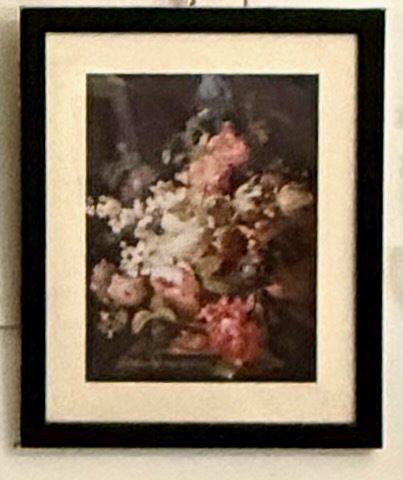
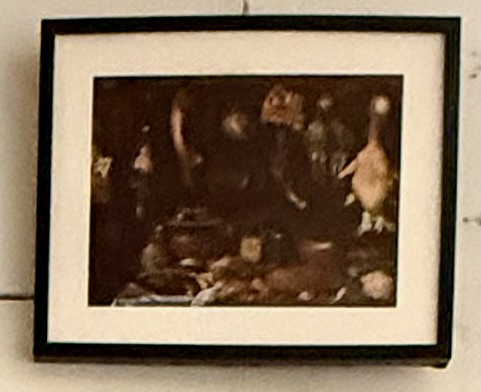
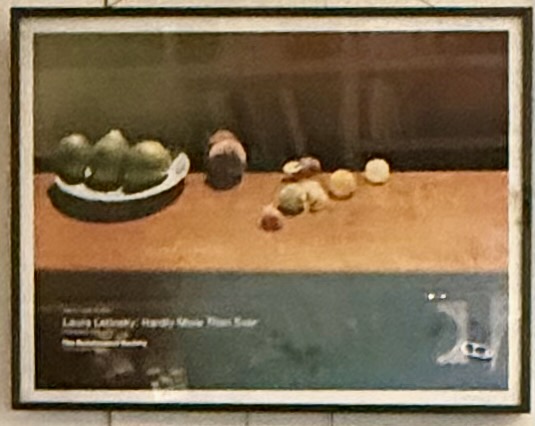
Postage
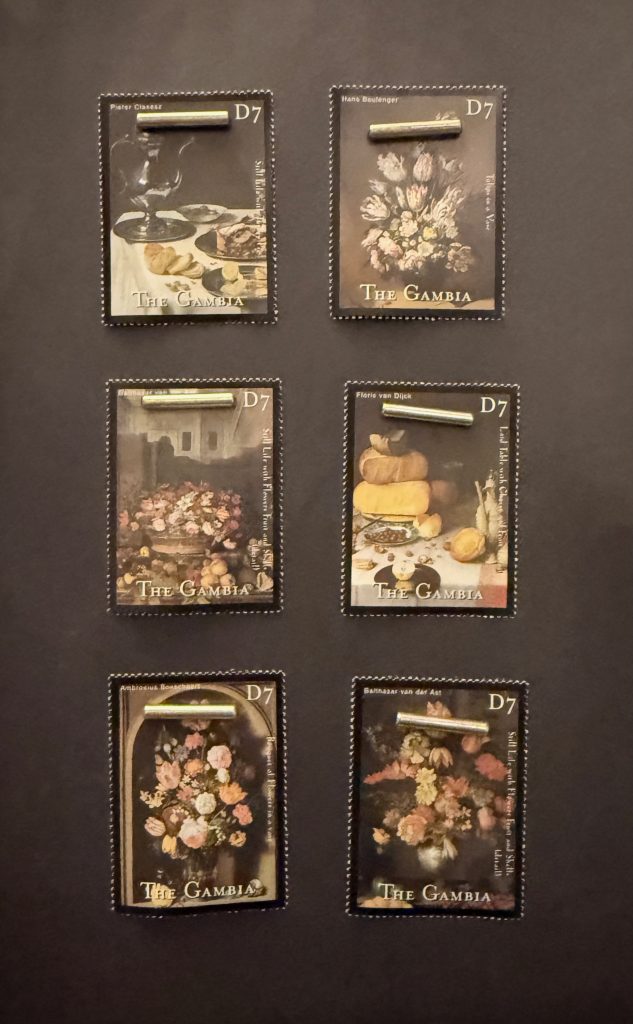
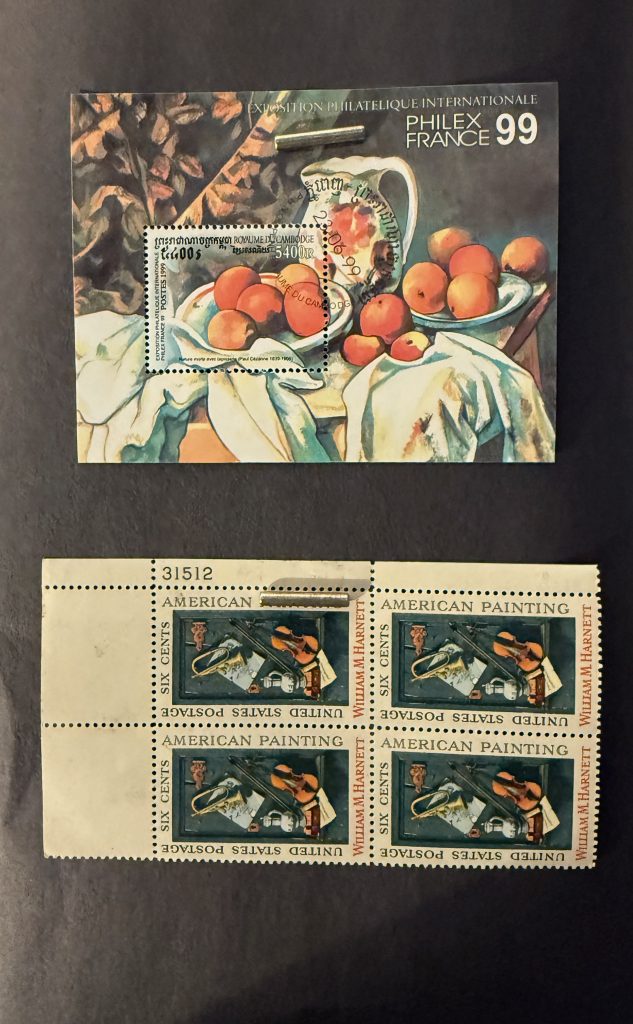
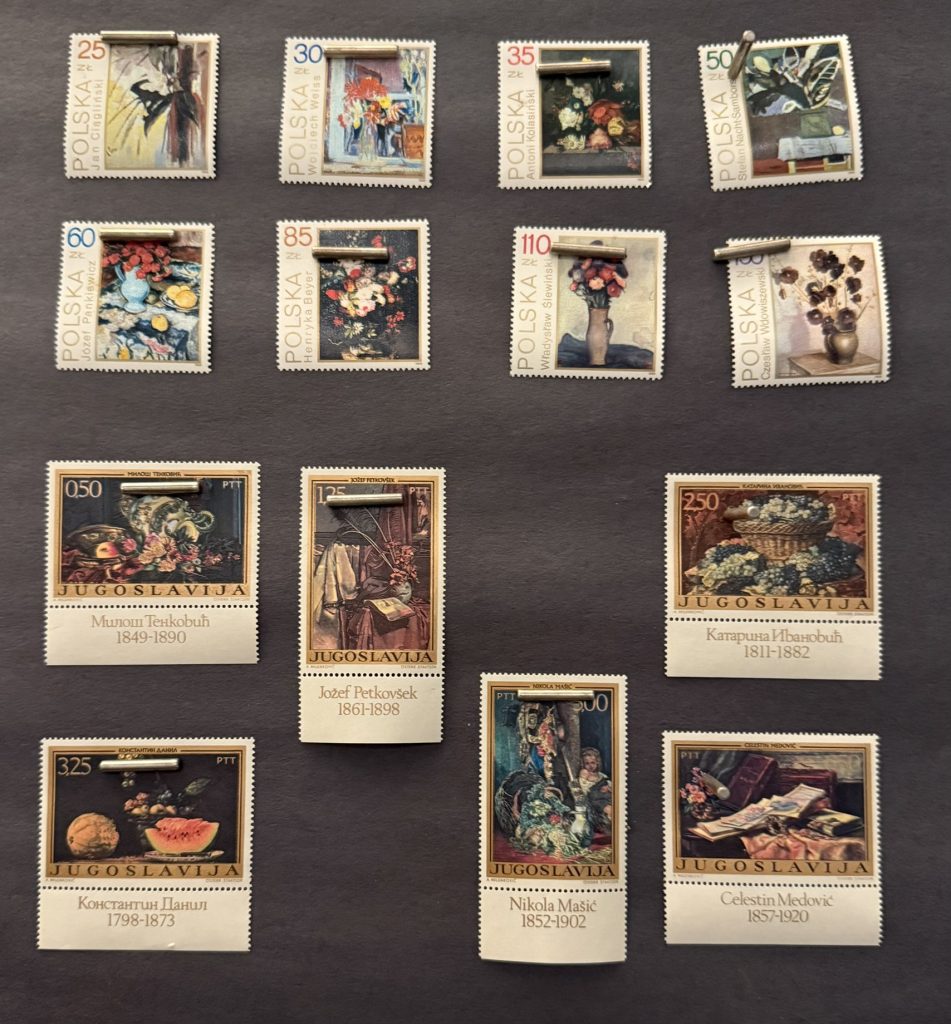
Contemp Selections by including works by Curator (TBD)
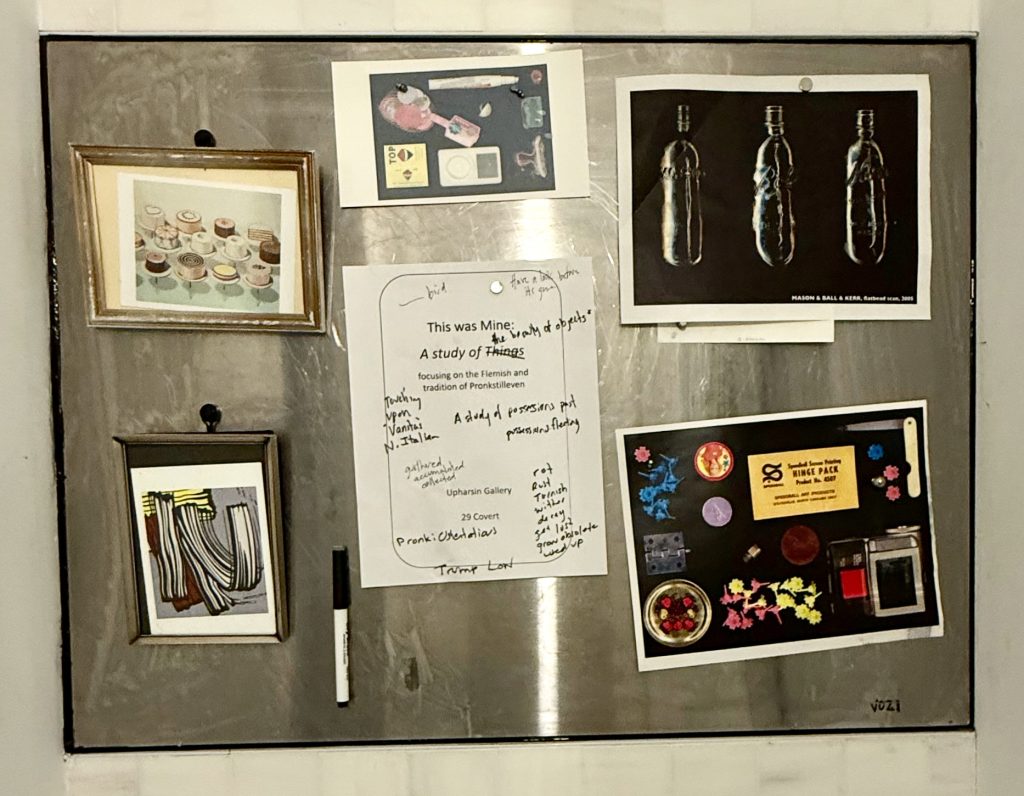
A sample of a small batch found late March 2025 (see story)
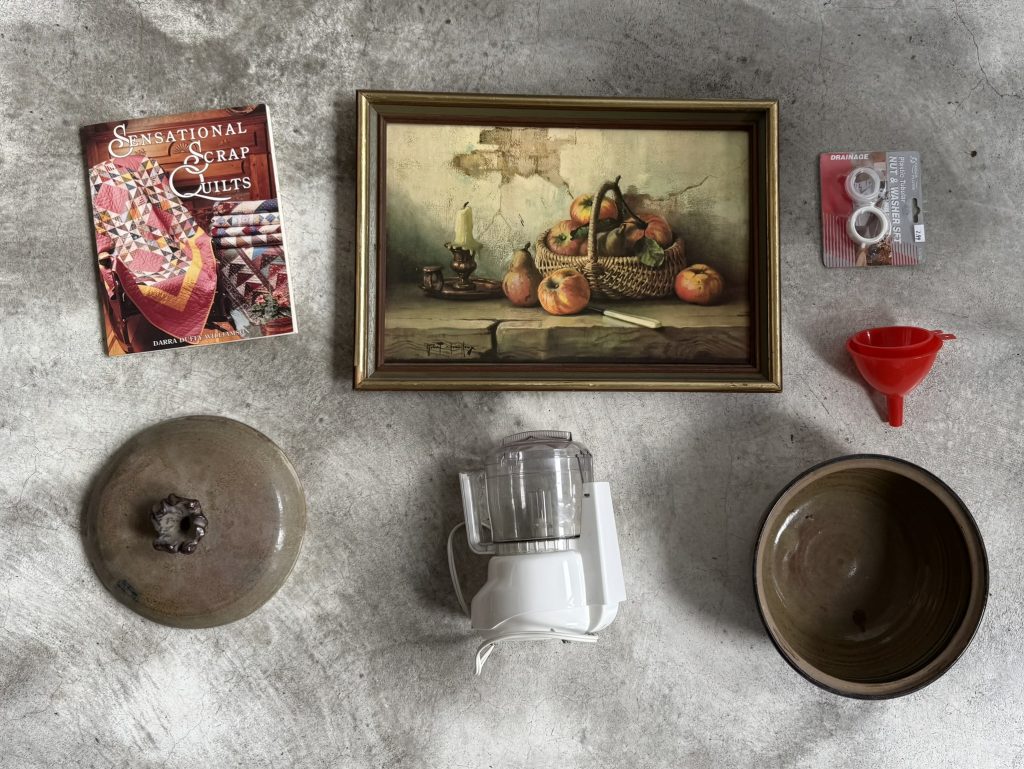
NOTE: Yes, the images in pronk paintings and vanitas can look quite similar, as both often feature still life arrangements with elaborate objects. Both genres might include items like fruit, flowers, and fine tableware. However, the underlying messages differ significantly: pronk emphasizes wealth and luxury, while vanitas conveys themes of mortality and the impermanence of life. The context and symbolism within the compositions ultimately distinguish the two.
One of the best-known examples of pronk painting is “Still Life with a Glass Goblet” by Willem Kalf.
Leave a Reply